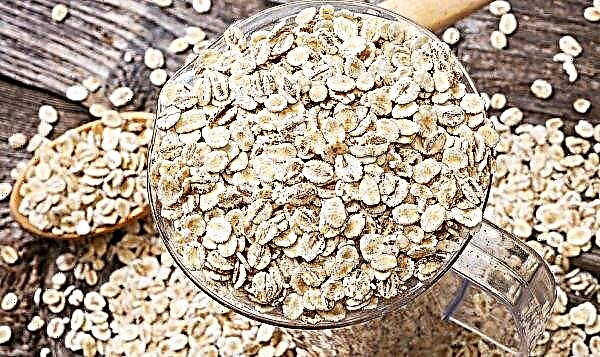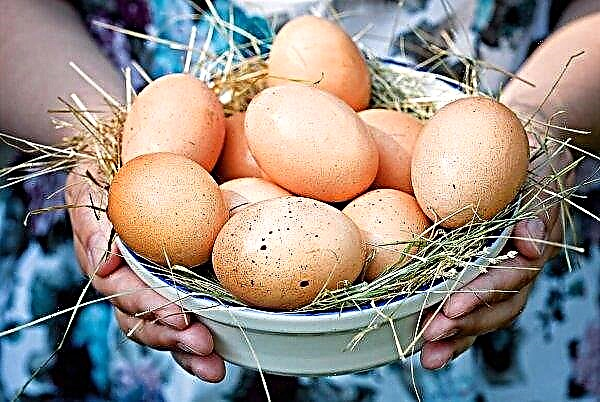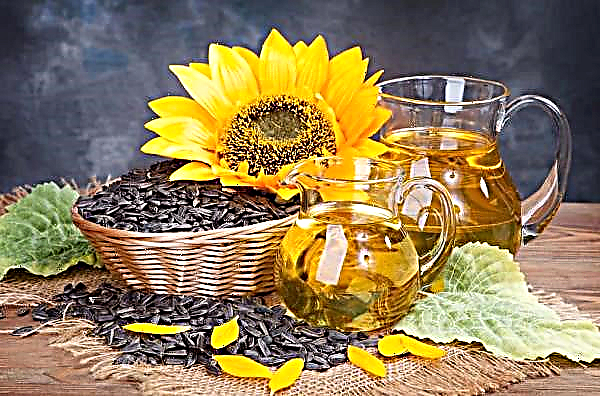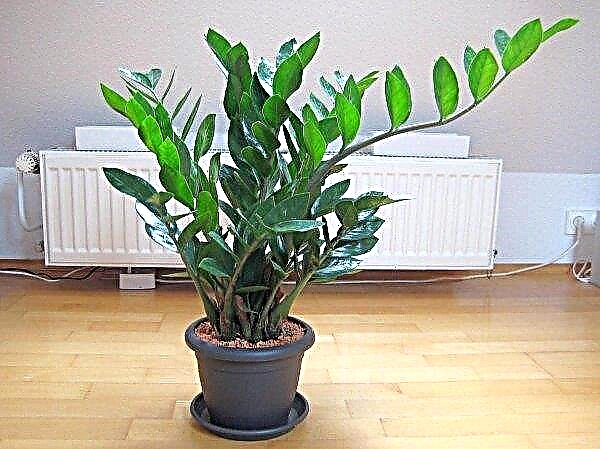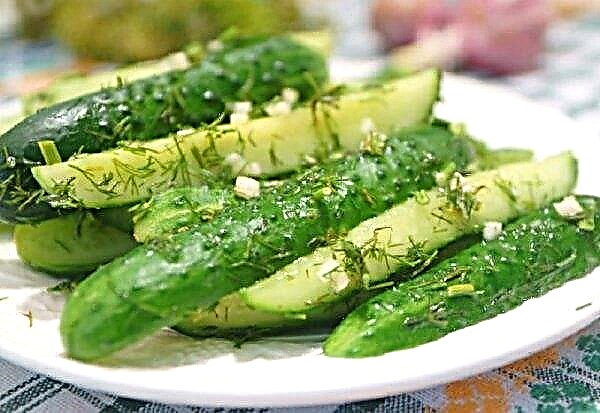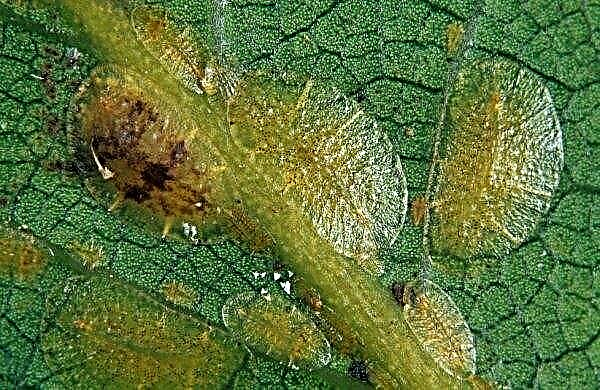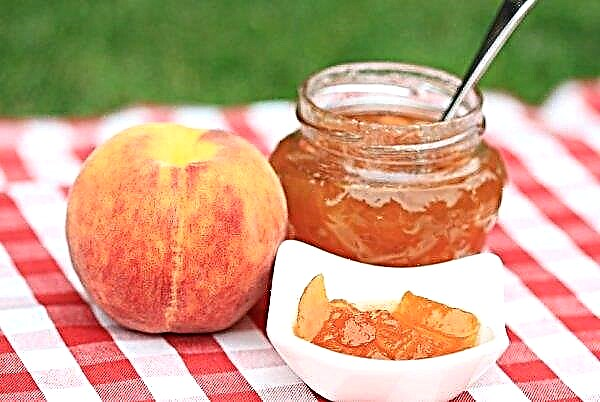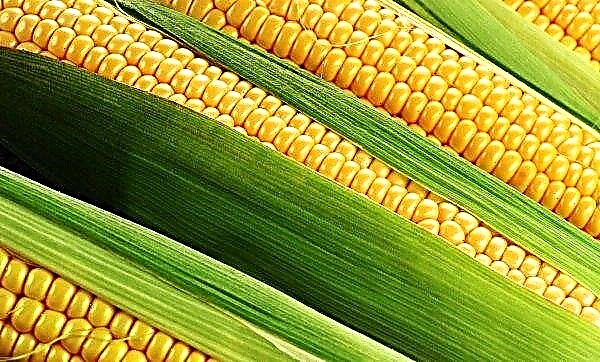Cultivating the soil from year to year, it is important to remember that gradually it wears out and becomes poorer. To maintain fertility, you need to take care of the condition of the soil. One of these technologies is the planting of natural, green manure fertilizers in the form of simple annual plants, in particular oats.
Why it is better to sow oats as siderat in the winter
Siderata is a special culture, the chemical composition of which contributes to the restoration of depleted soil, preparing it for the next season.
Oats are an effective fertilizer for the soil of almost any type. It belongs to one of the most ancient cereal crops, which was known long before the appearance of wheat in the fields and immediately began to be used as a green “top dressing”. This is due to the fact that green stalks of cereal accumulate a large amount of natural mineral substances before flowering.

Oats can be sown in autumn or spring, however, sowing on the eve of winter, which is produced after harvesting, is most common. This moisture-loving and frost-resistant cereal is recommended to be sown in the cold, wet period, but not less than 30–40 days before the first frosts, which the young plant tolerates extremely poorly.
- Advantages of autumn sowing:
- For the remaining warm period, the plant gains such a volume of useful greens that contributes to the quick and effective replenishment of nutrients in the soil.
- There is enough time for structuring and implementing high-quality soil improvement - cereal green manure not only has time to germinate, but even re-grow and overthrow under the snow.
- Significantly reduced spring weed growth.
- During the "winter hibernation" due to the presence of certain bacteria, nitrogen compounds enter the soil.
- Prevention of various diseases occurs, by the spring the number of potential pests living in the soil decreases.
- It is a method of mulching, which allows you to reduce the damage from deep freezing of the soil and retain moisture in it.
Did you know? Oats are extremely unpretentious in growing, and therefore they say about him: "Throw him in the mud - he will be a prince."
Useful properties of oats to improve soil
The popularity of oat fertilizer is determined by its inherent beneficial properties and functions. It contains a huge amount of nutritious proteins and vitamins, generously saturating the earth with them and beneficially affecting its characteristics.
- The effect of cereal on the soil:
- Thanks to its powerful rhizome, it holds well light, loose, and loosens heavy soil.
- The erect, fibrous root system grows up to 2 m deep, significantly increasing the porosity of the soil.
- Green mass actively moisturizes the earth and saturates with oxygen.
- It nourishes the soil with phosphorus and potassium, the content of which biomass is not inferior to manure. These substances can enrich even excessively viscous clay soil.
- Cereal crops rid the soil of a significant number of harmful plants - it simply drowns them out with a dense arrangement of stems.
- Tightly covering the ground, the plant resists weathering and erosion of the upper fertile layer, as well as leaching of nutrients during frequent autumn rains and spring snowmelt.
- Oat greens retain snow cover, increasing the amount of moisture in the spring.
- It is a natural phytosanitary for the soil - phytoncides and essential oils secreted by the root system inhibit the growth of perennial weeds, "eradicate" pests, and also prevent the development of root rot in garden crops.
 Winter oats are able to fully replace the mandatory autumn and spring application of organic fertilizers and mineral compounds
Winter oats are able to fully replace the mandatory autumn and spring application of organic fertilizers and mineral compounds
Disadvantages of growing
Many proponents of the active use of this particular type of green manure believe that there are no minuses in the "labor activity" of oats. There are only a number of features that should be remembered when growing it.
- The disadvantages are:
- A small amount of plant mass, therefore, it is recommended to plant cereal together with other green manure fertilizers.
- A low nitrogen content requires a combination with other plant sources of this substance.
- This siderat prefers cool weather, partial shade and regular watering. Drought and the scorching sun can be fatal.
What can I plant after oats
Oats are versatile and effectively "work" in any conditions. It is most relevant on clayey, viscous soil, significantly increasing its potential.
There is a rule according to which it is impossible to alternate between cereal crops, that is, if it is decided to sow the plot with any cereal, planting oats as a fertilizer is not recommended.
Did you know? Scientists suggest that oats got to Russian lands from African Ethiopia, clinging with fleecy spikelets to the hair of animals and the feet of pedestrians.
In enriched land, you can safely plant:
- raspberries and currants;
- strawberries and strawberries;
- pepper of different varieties;
- Tomatoes
- cabbage.
For almost all garden plants, a “combination” with this cereal crop will only benefit.

When to sow oats in the fall
The time of sowing winter cereal directly depends on the weather conditions of a particular region. When the harvesting work is completed, and the long rainfall season has not yet begun, you can start sowing.
In the absence of rain for a long time, it is necessary to carefully fill the plot, because when the grain is sown in completely dry soil, the sprouts may not appear. When watering, use the sprayer correctly so that the soil does not become too dense.
The best time for planting in temperate regions is mid-autumn.. If it is predicted that an early arrival of a frosty winter is expected, fertilizing the soil should be postponed to spring, i.e. oats will not be able to achieve the desired weight indicators.

Sowing technology
Preliminary preparation of seeds consists in processing with a weak solution of potassium permanganate. Thus, all harmful bacteria are destroyed on the surface. It also contributes to more friendly shoots and activates growth. The seeds are immersed in the liquid for about 20 minutes and then thoroughly washed using running water.
Preliminary, it is recommended that the earth be loosened and freed from the “garbage” remaining after harvesting.. Seeds can be sown randomly, without adhering to strict lines and a certain order in the garden. It will take about 2 kg of grain to sow one hundred square meters of land.
Important! The main The condition for successful sowing is a uniform distribution of seed, avoiding bald spots.
Proper planting care
The advantage of oats is that it does not have special care requirements for successful growth. He only needs abundant watering. It is necessary to constantly monitor the condition of the sprouts in order to promptly respond to negative changes, for example, to increase watering if the foliage turns yellow. In a situation where cereal growth is too slow, it may be necessary to top-dress the mineral composition.

Mowing and digging
The interval from sowing to mowing is about 40 days. More precisely, the period can be determined by the volume of grown greens and the condition of the flowers. If pollen appeared, then it's time to mow the stems. Usually this happens on the eve of the first tangible cold.
Digging the ground immediately after mowing, digging the stems deep, there is no need - Plants will serve as an effective “blanket” for the soil. Biomass must be “immersed” in the soil in spring, when at least 14 days are left before sowing so that the process of decomposition of the stems begins. Do not try to close up the whole mass. With excess, part of the greenery needs to be removed, otherwise it can all become acidic.
Oat is one of the simplest green manure fertilizers, which, in addition to its direct purpose, performs a number of additional functions. Its use will have a beneficial effect on soil characteristics and yield.

